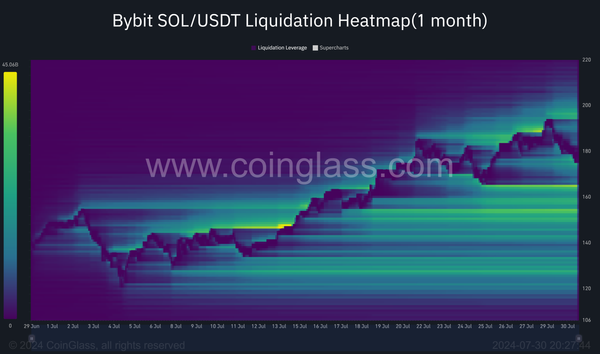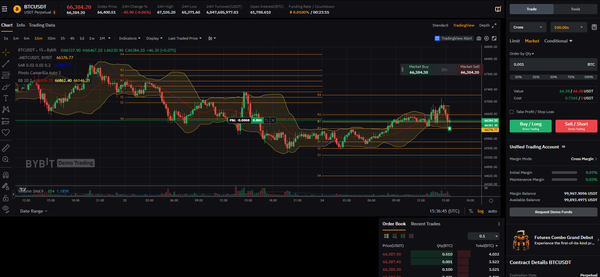Understanding Bitcoin's Deflationary Nature Through Real-World Examples

Bitcoin (BTC) has captured widespread interest in recent years, particularly for its potential as a store of value and its deflationary properties. Unlike traditional currencies that lose purchasing power due to inflation over time, Bitcoin's limited supply bolsters its value. To comprehend this concept better, let's explore how the cost of housing and cars has changed in USD versus BTC over the years.
Delving into Bitcoin's Deflationary Properties
Bitcoin's scarcity and inherent deflationary nature have led to its nickname "digital gold." Here's why:
- Limited Supply: In contrast to traditional currencies that central banks can endlessly print, Bitcoin has a fixed maximum supply of 21 million coins. This finite supply creates scarcity.
- Value Appreciation: With rising demand for Bitcoin, its value tends to increase. This stands in stark contrast to inflationary currencies that lose purchasing power as more money gets printed and circulates.
Examining Housing Prices: USD vs. BTC
Let's analyze how housing costs have changed over the past few years:
- USD Perspective: The median U.S. house price in 2016 was $308,000. By 2024, it has risen to $420,000, reflecting a 36% increase due to inflation and other economic factors.
- BTC Perspective: In 2016, the median U.S. house price was equivalent to 697 BTC. In 2024, it has decreased to 7 BTC, signifying a substantial 99% reduction in BTC terms.
This comparison emphasizes a key point: while the cost of a house has significantly increased in USD, it has dramatically decreased in terms of BTC. This underscores Bitcoin's potential as a store of value and its ability to preserve and even amplify purchasing power over time.
Car Prices: A USD vs. BTC Comparison
Now, let's consider the example of purchasing a car:
- USD Perspective: The average price of a new car in the US in 2016 was around $34,000. By 2024, it has risen to $50,000, reflecting a 47% increase due to inflation and other economic factors.
- BTC Perspective: Assuming a price of $440 per BTC in 2016, the average price of a new car was roughly 77 BTC. In 2024, with Bitcoin's price at $50,000 per BTC, the average price of a new car is now around 1 BTC.
Analysis of the Comparisons
- USD Comparison: The rise in price from $34,000 to $50,000 for a new car highlights how inflation and other factors have made cars more expensive in dollar terms over the years.
- BTC Comparison: The decrease in price from 77 BTC to 1 BTC for a new car showcases Bitcoin's significant value appreciation. This translates to needing significantly less Bitcoin to purchase the same car today compared to 2016.
Implications of Bitcoin's Appreciation
- Store of Value: These examples spotlight Bitcoin's potential as a store of value. While the dollar amount required to buy a house or car has increased, the Bitcoin value has decreased. This illustrates how Bitcoin can potentially preserve and even grow purchasing power over time.
- Enhanced Purchasing Power: As Bitcoin appreciates, its purchasing power increases. This translates to needing fewer Bitcoins to purchase goods and services over time, potentially making it a more efficient way to save and spend.
Conclusion
Bitcoin's deflationary nature and its ability to boost purchasing power over time make it a compelling option for long-term investment and wealth preservation. As traditional currencies like the USD lose value due to inflation, Bitcoin's limited supply and growing demand contribute to its appreciation. Whether you're looking at housing prices or car costs, the trend is clear: Bitcoin has the potential to preserve and grow your purchasing power in a way that traditional currencies cannot. Considering these advantages, incorporating Bitcoin into your financial strategy might be a wise decision.




